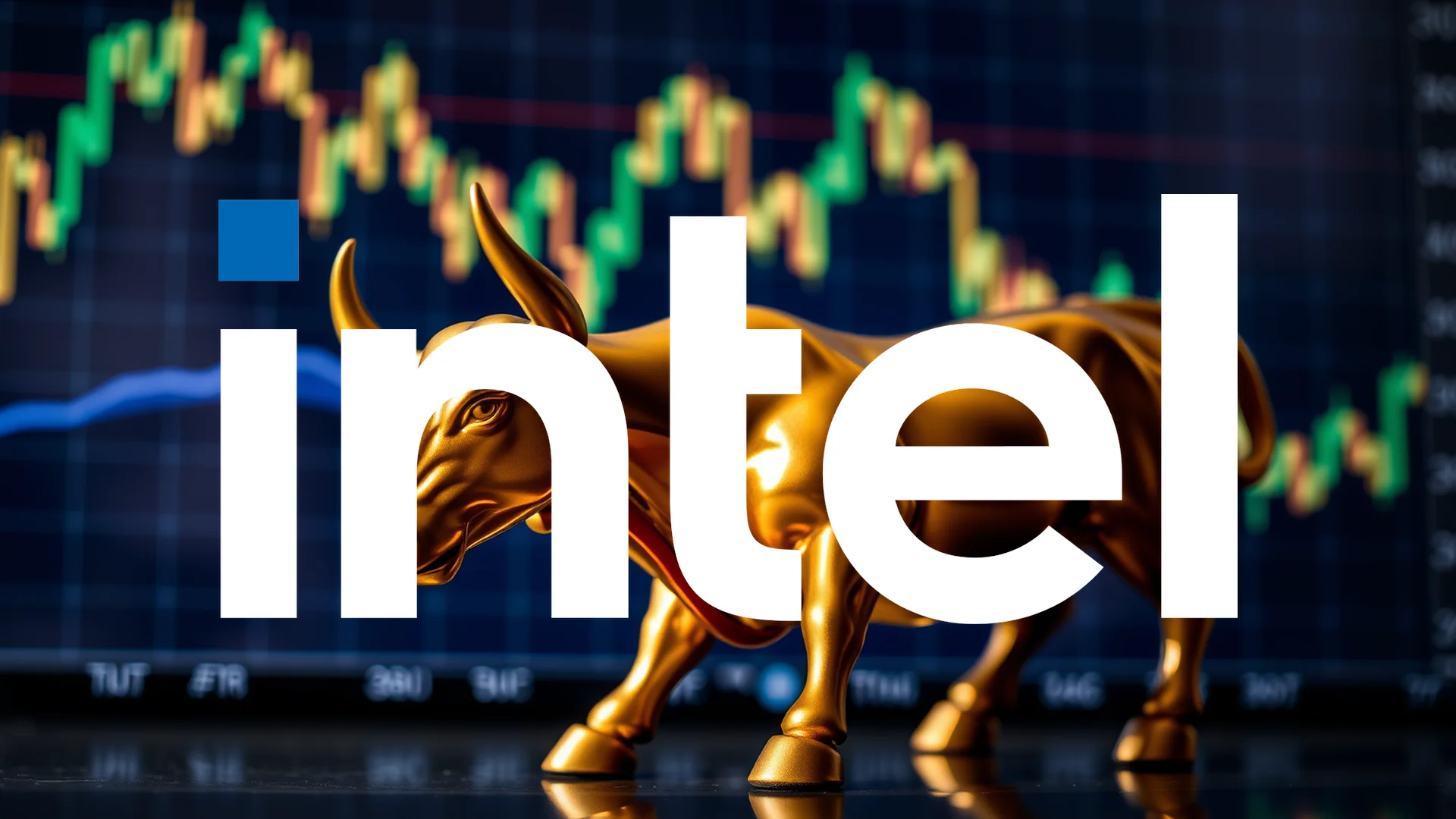The latest quarterly report from US retail behemoth Walmart presents a complex picture for investors. While the company achieved unprecedented revenue figures, an unexpected decline in profitability sent its shares tumbling, marking the first earnings miss against Wall Street expectations in three years. This performance highlights the significant investments the corporation is making to position itself for future dominance.
Record Revenue Overshadowed by Profit Pressures
Walmart posted staggering second-quarter revenue of $177.4 billion, yet saw its adjusted earnings per share fall to $0.68, significantly below the $0.74 forecast by market analysts. This earnings shortfall stemmed from several one-time factors that reduced operating income by 8.2%, or $700 million. These included substantial legal settlements, increased insurance claims, and ongoing corporate restructuring expenses.
Beneath these headline numbers, however, lies a notable strategic achievement. As competitors struggle in the current economic climate, Walmart has been aggressively capturing market share, particularly within the grocery sector. The retailer is increasingly attracting higher-income shoppers who are seeking value amidst persistent inflationary pressures.
Digital Initiatives Drive Substantial Growth
The company’s ongoing transformation into an omnichannel retail leader is yielding impressive results. Global e-commerce sales surged by 25%, fueled by expanded pickup and delivery services and a growing third-party marketplace. Even more striking was the performance of its advertising business, Walmart Connect, which saw revenue increase by 31%. This growth reached 46% globally when including contributions from the recent Vizio acquisition.
Membership income rose by 15.3%, demonstrating the successful adoption of the company’s subscription model. These diversified revenue streams are increasingly important as they provide a potential buffer against external cost pressures.
Should investors sell immediately? Or is it worth buying Walmart?
Margin Compression and Strategic Positioning
Despite these strong operational results, CEO Doug McMillon highlighted ongoing challenges from U.S. tariff policies. The company faces weekly increases in import costs, creating a delicate balancing act between maintaining profitability and preserving customer loyalty through competitive pricing. Walmart has consciously chosen to absorb a portion of these increased costs to retain its price leadership position.
Looking forward, management expressed confidence by raising full-year guidance for both sales and profit. This optimistic outlook suggests that current investments are viewed as essential for long-term competitive advantage, even if they create short-term earnings volatility.
Market Reaction Reflects Short-Term Concerns
Investors responded negatively to the earnings report, sending shares down more than 5% in subsequent trading. This market reaction underscores the current sensitivity among investors to any earnings disappointment, even when accompanied by strong fundamental performance and strategic progress.
The central question for shareholders remains whether the market is penalizing Walmart for necessary long-term investments or whether these concerns about near-term profitability are justified. The company’s performance in coming quarters will likely determine the answer as these strategic initiatives either demonstrate their value or continue to pressure margins.
Ad
Walmart Stock: Buy or Sell?! New Walmart Analysis from November 21 delivers the answer:
The latest Walmart figures speak for themselves: Urgent action needed for Walmart investors. Is it worth buying or should you sell? Find out what to do now in the current free analysis from November 21.
Walmart: Buy or sell? Read more here...













